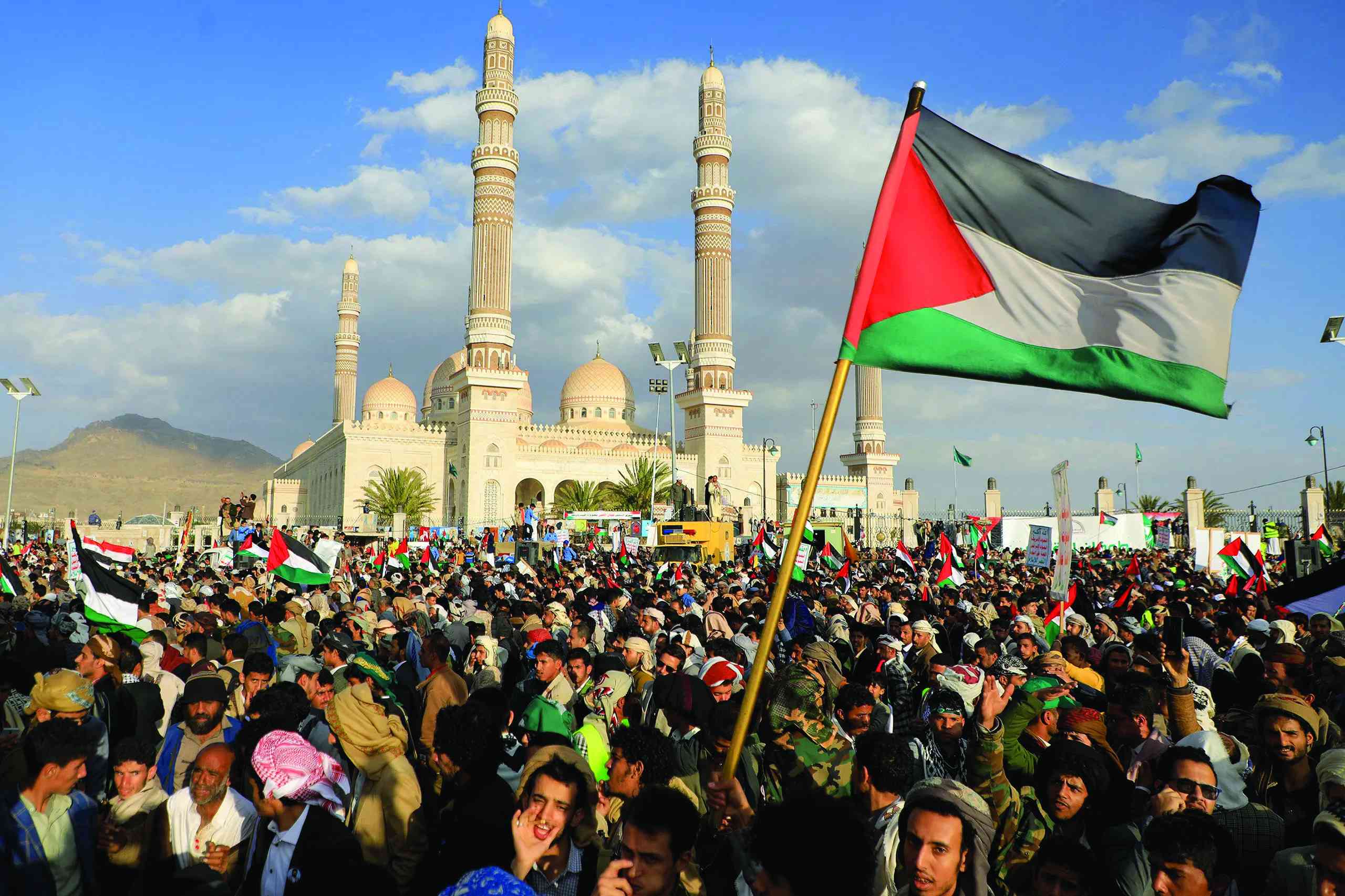
THE latest stats released by the World Bank show that Zimbabwe has the highest food inflation globally with the aggregate having come in at 353% as of mid-October, a significant jump from the second-placed country Lebanon whose food inflation came in at 198%. .
For comparison, only tw0 other African countries feature on the "Top 10 Countries Hit Hardest by Inflation" list. Ghana and Rwanda are in positions 9 and 10 with a food inflation of 34% each. This red flag once again signals the need for Zimbabwe to revisit its farming policies from command economics toward free market economics so as to eliminate inefficiencies in the sector.
The extent of the food inflation witnessed in Zimbabwe is the result of both endogenous and exogenous factors with the former having a stronger bearing on the figures than the latter.
In the case of exogenous factors, supply chain disruptions as a result of the Russo-Ukrainian conflict have squeezed the demand for food commodities and pushed food prices higher.
The world over, average wheat, maize, and rice prices in October 2022 are 18%, 27%, and 10% higher, respectively than in October 2021. Meanwhile, wheat and maize prices are 38% and 4% higher, respectively, and rice prices are 21% lower than in January 2021. According to a recent publication by the World Bank:
"The war in Ukraine has altered global patterns of trade, production, and consumption of commodities in ways that will keep prices at high levels through the end of 2024 exacerbating food insecurity and inflation."
Locally, an unstable currency and a burgeoning in the Aggregate Money Supply (M3) compounded by increased government expenditure have sustained high levels of inflation in the economy. The latest RBZ stats show: Reserve money increased by ZW$2,86 billion to ZW$87,10 billion during the week ending September 30 2022, compared to the previous week's position of ZW$84,24 billion. Zimbabwe's inflation scaled up year-on-year by over 460% in the last year alone (Sept 2021–Sept 2022), while interest rates have mounted by about 400%. It is piquantly clear that the greater weight of Zimbabwe's food inflation is steered by local factors; sounding the siren for a re-calibration of Zimbabwe's agricultural ecosystem.
Food security for Zimbabwe and by extension, the concept of reducing the importation of grains will continue to be elusive for as long as the elephant in the room is not addressed: land tenure security. Over the past five years, approximately over US$5 billion has been pumped by the government toward Zimbabwe's agricultural activities through "Command Agriculture" and "Pfumvudza" — a series of government-led initiatives where farmers were given inputs at subsidised prices. However, these subsidies have not translated into much as they have failed to revitalise Zimbabwe's agriculture.
- Mavhunga puts DeMbare into Chibuku quarterfinals
- Bulls to charge into Zimbabwe gold stocks
- Ndiraya concerned as goals dry up
- Letters: How solar power is transforming African farms
Keep Reading
The panacea?
It is imperative to allow farmers' security of land to give life to private sector-led agricultural reforms. This will revitalise the malfunctioning farming ecosystem which has been inefficiently financed by quasi-fiscal activities for over a decade now.
This would make the land bankable, attract financing into the sector, secure inputs, and guarantee results. To take a jog down memory lane, when Zimbabwe still enjoyed "breadbasket" status, white farmers had land security. This allowed banks to extend credit efficiently and providers of inputs to engage with the farmers directly and indirectly through the banks. A revitalisation of this setup can be set in motion by allowing farmers security of land. As the government would want to guard against land ownership by foreign banks, a redemption scheme can be arranged and put in place.
Once this ecosystem is revived, in the medium term food security can be attained and sustained with the reduction of the import bill occurring as an offshoot.
Mabunda is an analyst and TV anchor at Equity Axis, a leading financial research firm in Zimbabwe. — [email protected]











